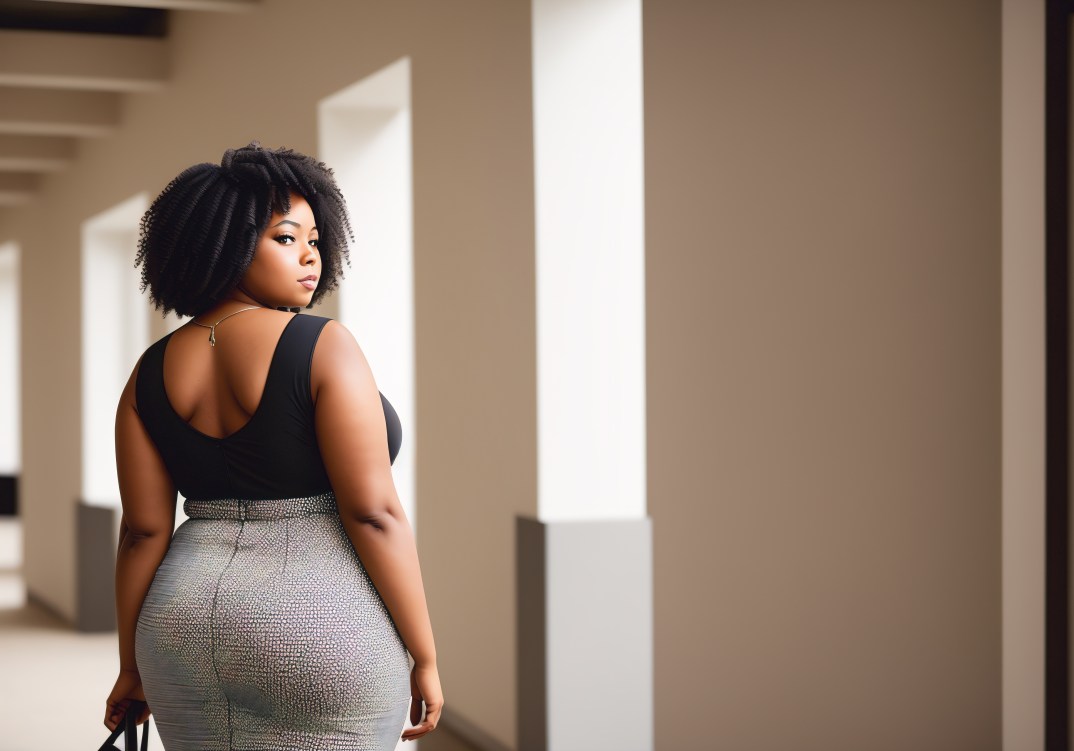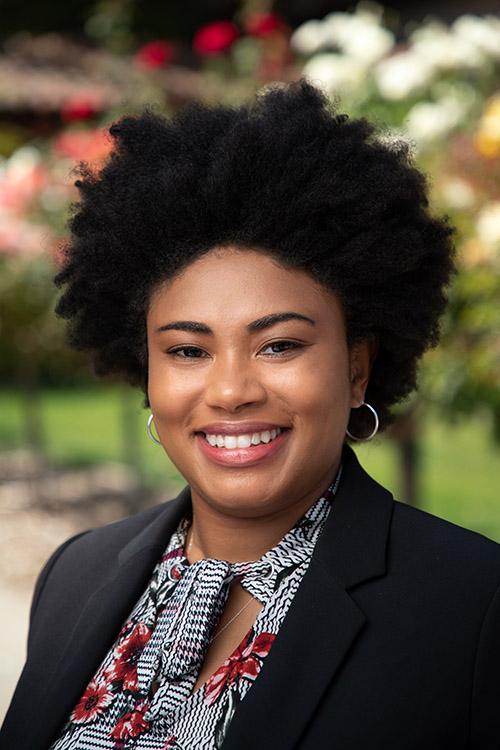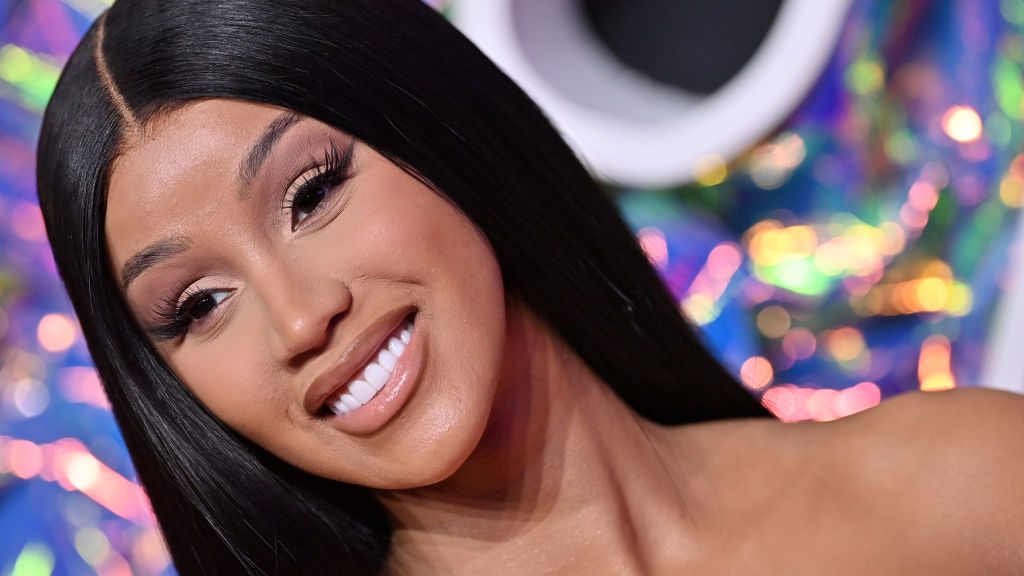We need to stop exploiting Black women through the ‘Booty Paradox’
OPINION: Even as the fashion industry promotes body-hugging clothes that highlight women’s curvy derrieres, Black women and girls still face the policing of their bodies.

Editor’s note: The following article is an op-ed, and the views expressed are the author’s own. Read more opinions on theGrio.
SKIMS, Kim Kardashian’s fashion label, recently debuted a new campaign for their Cotton Collection featuring Bronx-born rapper Cardi B. Images released on Instagram by the artist and the brand show the “Bongos” rapper in curve-hugging apparel. SKIMS, which bills itself as “setting new standards by providing solutions for every body,” specializes in these form-fitting garments. The brand’s emphasis on body-gripping clothing makes sense considering that its co-founder rose to celebrity in part thanks to the way global society has lauded Kim Kardashian’s physique, specifically her posterior, over the last two decades.
However, the undeniable affluence that Kim Kardashian has amassed, even as she and her siblings become thinner and conform to prevailing ideals of beauty, often fails to extend to the demographic that has historically been associated with voluptuous derrieres: Black women. The media industry and beauty culture generate profit from their aesthetics, while Black women bear pernicious assault.
As an expert in Black women and popular media, I call this exploitation the “Booty Paradox.”
While Cardi B’s feature in the SKIMS campaign is significant, it also highlights the fact that inclusion tends to disproportionately favor women with light skin or mixed-race heritage, perpetuating colorism and texturism. Sociologist Margaret Hunter found that lighter Black women earn more, creating severe economic disparities between light- and dark-skinned Black women. The skin bleaching, cosmetic surgery and fashion industries profit from these “skin color hierarchies,” which may explain why SKIMS’ leading lady of color, Emma Grede, is mixed-race Caribbean.
Furthermore, while Cardi B frequently celebrates the size of her buttocks in her music, along with other curvaceous Black female rappers like Megan Thee Stallion, this renown does not necessarily extend to the broader population. Shapely Black women like #TeacherBae are seen as inappropriate and unprofessional in the workplace when they wear form-fitting clothes, which can lead to punishment or firing. Black girls also experience this regulation of their bodies as school dress code violations disproportionately target girls of color.
At the root of this policing is the stigmatization of curvaceous Black women as hypersexual and out of place in professional environments. This uneven enforcement of dress codes suggests that the desirability associated with more prominent backsides does not often extend to women of African descent. Indeed, throughout much of history, the bottoms of Black women were viewed as grotesque and monstrous. For example, during the colonial era, Europeans put African women like Saartjie Baartman on display as a spectacle in “freak show” exhibitions.
Ironically, to promote their products, fast fashion retailers, who primarily rely on online sales, employ popular Instagram influencers that mimic the beauty practices of curvaceous Black women. For instance, Fashion Nova sells clothing inspired by trends popularized by Black women residing in major U.S. cities but often selects non-Black women models its advertising on their website and Instagram profile.
Many of these women use Instagram filters, tanning, hair extensions and cosmetic procedures to emulate Black women’s beauty regimens, also known as “blackfishing.” This practice appropriates Black aesthetics and also perpetuates the idea that certain features, like a curvy backside, are only marketable when they are not on individuals of African descent.
Fashion Nova has also faced accusations of appropriating and profiting from the original creations of Black women in fashion design without giving credit or sharing profits. In this way, the phenomenon of fast fashion in the internet era perpetuates systemic racism. Women of color are underrepresented as models, designers or critics but are over-represented as garment workers in the textile industry. The circulation of Black feminine aesthetics online has neither remedied economic inequalities and labor discrimination nor caused a structural transformation in beauty culture.
Supporters may argue that the women chosen for brand opportunities are selected based on their visibility as influencers. However, visibility is not a neutral concept. It is influenced by social constructs shaped by racism, patriarchy, and capitalism. Our choices in who we choose to see and how we choose to see them perpetuate these constructs.
The popularity of Black women’s booties in digital media culture is not only shaping the fashion industry. The increase in women undergoing Brazilian butt lift (BBL) procedures suggests that the cosmetic surgery industry is also benefiting from the new booty beauty standard. Business Insider reports that in 2020 alone, surgeons performed 40,000 butt augmentation procedures, generating $140 million in revenue. BBL procedures surged by 90.3% between 2015 and 2019, indicating that backside enlargement is not just popular, it’s profitable.
The lucrativeness of the procedure has a global reach, as medical tourism has emerged about this practice. Women travel across the United States and throughout Latin America to undergo this procedure and others. Many businesses that offer this service now provide payment plans or accept payments through services like CareCredit. Additionally, individuals who experience the process must also cover the cost of post-operative care to ensure a safe recovery.
Society must reckon with how egregiously various industries commodify Black women’s bodies and aesthetics, all while they face body discrimination. To resolve this issue, school administrators and corporate administrators must examine dress code standards and root out sexist and racist elements that penalize women of color. Leaders should address how workplace and school dress codes favor white, slim body types to help overcome inequalities of the booty paradox.
Fashion and beauty businesses recently began to address their practices in reaction to social media backlash from underrepresented groups. However, beauty culture profiteers should move more proactively by developing cultural awareness and examining how their business practices lead to discrimination.
By bringing attention to this issue, we can strive for a more inclusive and equitable society where Black women are not reduced to mere commodities for capitalistic exploitation.

Melissa C. Brown is a Public Voices Fellow on Technology in the Public Interest and an Assistant Professor of Communication at Santa Clara University.
“Never miss a beat: Get our daily stories straight to your inbox with theGrio’s newsletter.”


